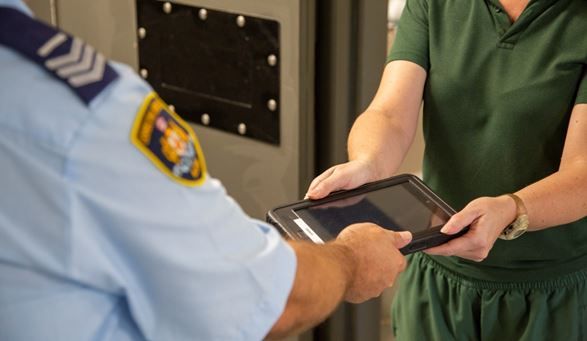Offenders in custody spend 16 hours a day on average in their cells within correctional facilities across NSW. This time can be better utilised for rehabilitation by providing digital access to phone calls, education, programs, inmate services, support and health advice.
Keeping offenders connected
In 2020, Corrective Services NSW started to introduce in-cell device technology at 17 correctional centres. This will continue to rollout to a further 11 centres by mid-2023. The highly secure offender tablet devices have been purpose-built for prison use and run on a secure network. They are tamperproof and allow restricted access to approved websites and applications, including the Offender Telephone System (OTS).
As many offenders have had limited exposure to digital devices, the in-cell tablets give inmates access to digital technology and help remove barriers to reintegration by improving digital literacy. Accessing self-service transactions motivates them to become more self-sufficient and empowers them to have access to their own information without having to ask staff.
Improving reintegration
Keeping people in custody connected securely and safely with friends and family improves and maintains outside social support networks that are known to improve reintegration and reduce the rate of reoffending.
Find out more about the program being run by Corrective Services NSW and download a report on the program,
File
Transformation of Prisoner Rehabilitation through Digital Technology (PDF 7.27MB)“I wish they had tablets when I first came into custody. I struggled and felt so isolated, lonely and scared. Now I feel connected to the outside world by keeping in contact with the news and my family, my daughter and Mum. I am thinking about my future, and I am more optimistic about getting a job.”
Participant of the program
“It’s about giving us the confidence to navigate the digital world. When we get out, we will know how to apply for Centrelink, submit a job or housing application on the internet. We will be familiar with how it all works and that can’t be taken for granted.”
Participant of the program

